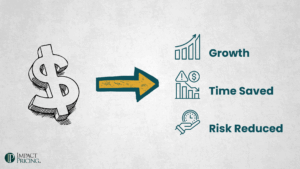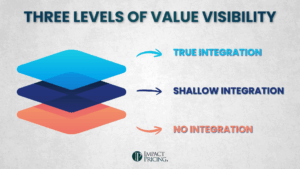You can listen to the full audio version of this blog we call — Blogcast.
Value Maps seem to be a staple in pricing. Colleagues write about them. Many teach them. In theory, they are great.
I don’t use them. And, I believe they mislead people who do. Let’s assume you already know what a value map is. If you don’t, then skip this post and just remember not to rely on them.
The Price axis is good. Although prices change, sometimes frequently, and are often different depending on the sales channel, it’s still a reasonable approximation. If you want to be more precise, you might use a box and whisker chart instead of a point to represent price.
The HUGE problem with value maps is the Perceived Value axis. It is fictional. I’ve had many discussions with pricing professionals on the definition of value. None of us agrees. How can you put a number on an undefined concept? But that’s not the biggest problem.
When you put a number on Value, you are assuming it has only one dimension. Most products and services have many dimensions. Consider a bicycle component. Two dimensions or characteristics that matter are weight and reliability. Lighter is better. More reliable is better. How do you plot light and not reliable vs. heavy and reliable?
To complicate the story, its value depends on the buyer. A bicycle racer values lighter components more. A newer heavy cyclist values reliability more. Different buyers value different characteristics.
This is not captured on a value map. If you look at a value map someone else created, you’re led to believe everybody cares about the same characteristics, which is never true.
My recommendation is to skip the value map. Instead, think about how different buyers perceive value and correlate it with their WTP. It will bring you many more insights. Good luck.
Share your comments on the LinkedIn post.
Now, go make an impact!
 Tags: pricing, pricing foundations, pricing skills, pricing value, value, value map, value-based pricing
Tags: pricing, pricing foundations, pricing skills, pricing value, value, value map, value-based pricing













